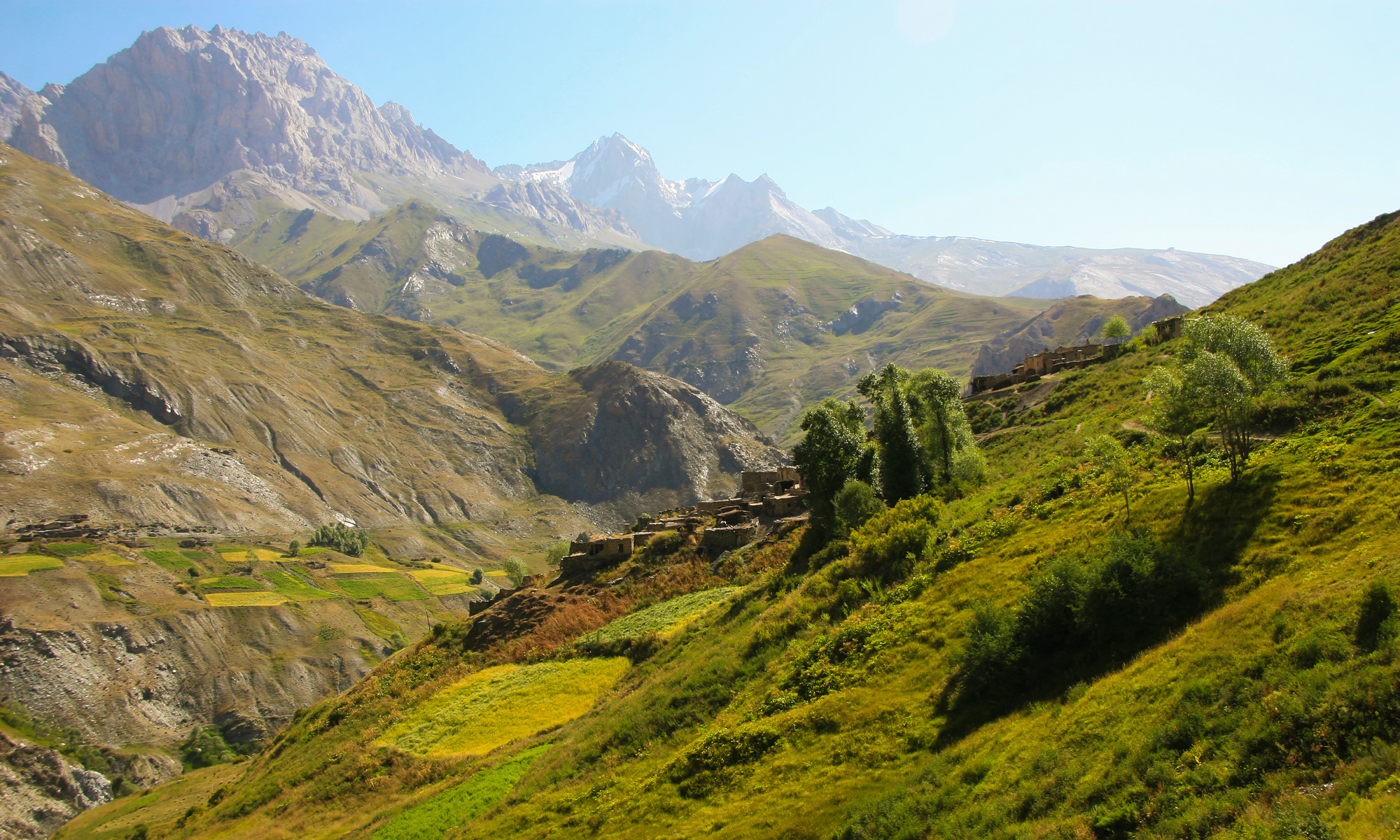A Hidden Map Beneath the Nations
Central Asia possesses an unseen map, distinct from political borders and capitals—a landscape etched in the stories, songs, and languages that echo through generations. Below the contemporary nations of Tajikistan, Uzbekistan, Kazakhstan, Kyrgyzstan, and Turkmenistan, a deeper reality thrives: a continent of cultural threads intricately woven into its mountains, deserts, and steppes, representing not mere historical artifacts but dynamic, resilient traditions. This region is a vibrant patchwork of peoples, including Turkic-speaking groups like the Uzbeks, Kazakhs, Kyrgyz, and Turkmens; Iranian-speaking minorities such as the Yaghnobis, Wakhi, and Pamiris; and other ethnicities such as the Bukharan Jews, Uighurs, and Dungans. Across this diverse terrain, from the high Pamirs to the windswept plains near the Aral Sea, numerous communities steadfastly maintain their unique languages, observe their ancestral ceremonies, and preserve their histories, often independent of official narratives, collectively creating a cultural richness that, though frequently unacknowledged in national discourse, is profoundly present in daily life.
Pamiris: Voices from the Roof of the World
In the formidable mountains of eastern Tajikistan, the Pamiri communities have tenaciously safeguarded their unique linguistic heritage and cultural practices, enduring centuries of separation. Their languages, such as Shughni, Wakhi, and Yazgulyami, bear a closer resemblance to ancient Avestan than to Tajik, the official language of their country. Despite past Soviet policies aimed at standardizing identity and language, many Pamiris have continued their vibrant traditions of poetry, storytelling, and festival celebrations in their mother tongues. Presently, Shughni-speaking poets are actively publishing, musicians are performing in local dialects, and Pamiri voices resonate through community radio and international diaspora channels. Though confronting challenges including urban migration, limited educational resources, and governmental neglect, the revival of cultural pride in these mountainous regions is distinctly palpable..
Karakalpaks: Culture, Television, and Tenacity
To the west, in the republic of Karakalpakstan, the Karakalpak people have established a distinct identity through their language, literature, and cultural institutions. Despite the environmental crisis caused by the Aral Sea’s desiccation and economic challenges, they sustain a regional university, a public television channel, and a literary tradition encompassing newspapers, poetry, and children’s books. While Uzbek gains prominence in urban centers, many Karakalpaks continue to use their native tongue at home, in educational settings, and in public life.
Wakhi: A Language Across Borders
In the border regions connecting Tajikistan, Afghanistan, Pakistan, and China, the Wakhi people maintain their language and a strong, cross-border sense of identity. Despite being dispersed across various states and policies, the Wakhi community remains tightly knit.
In northern Pakistan, non-governmental organizations have fostered Wakhi language education. Local leaders have developed educational materials, produced music, and organized language immersion programs. Wakhi elders transmit not only their language but also comprehensive knowledge systems concerning animal movements, medicinal plants, and spiritual practices, all intricately linked to the cyclical rhythm of the seasons. Their unifying bond is not political statehood, but rather shared narratives, collective memories, and their common language.
Uighurs and Other Minorities
Across Kazakhstan and Kyrgyzstan, Uighur communities actively maintain their cultural centers, publish newspapers, and provide education in their native language, navigating broader political complexities. In southern Kazakhstan, Tatar, Uzbek, and Dungan populations sustain multilingual educational and religious institutions. Even the Koryo-saram, ethnic Koreans displaced by Stalin in the 1930s, have revitalized their communities through bilingual education and media outreach.
What unifies these groups transcends mere cultural pride; it embodies a shared tenacity against shifting borders, centralized governance, and often unsupportive administrations. Despite their distinct challenges, their adaptive strategies reveal considerable ingenuity. Festivals and ceremonies, far from being mere entertainment, are vital for identity preservation. Crucial knowledge is transmitted through music, dance, and oral traditions, supplementing formal education.
What Cultural Survival Teaches Us
Unfortunately, these initiatives are not always sufficient. State language policies, financial deficits, and the exodus of economic migrants continue to weaken the transmission of languages from one generation to the next. In numerous households, the younger members converse exclusively in Russian or the dominant national language, consequently losing their ancestral tongue’s fluency. Some dialects—particularly those of smaller Pamiri or Turkic groups—are now spoken only by the elderly. Without prompt support and educational interventions, these languages face the imminent threat of silence.
Nevertheless, Central Asia’s diversity represents more than a cultural embellishment; it holds significant value. Many minority communities preserve intricate ecological knowledge of their specific environments—how to farm on steep mountain terraces, how to utilize native plants for medicinal purposes, and how to predict weather patterns through natural signs. Their languages embed spiritual philosophies, societal ethics, and environmental relationships that offer insights extending far beyond their immediate regions. In an era of global uncertainty, the continued existence of these worldviews may prove increasingly, rather than less, essential.
